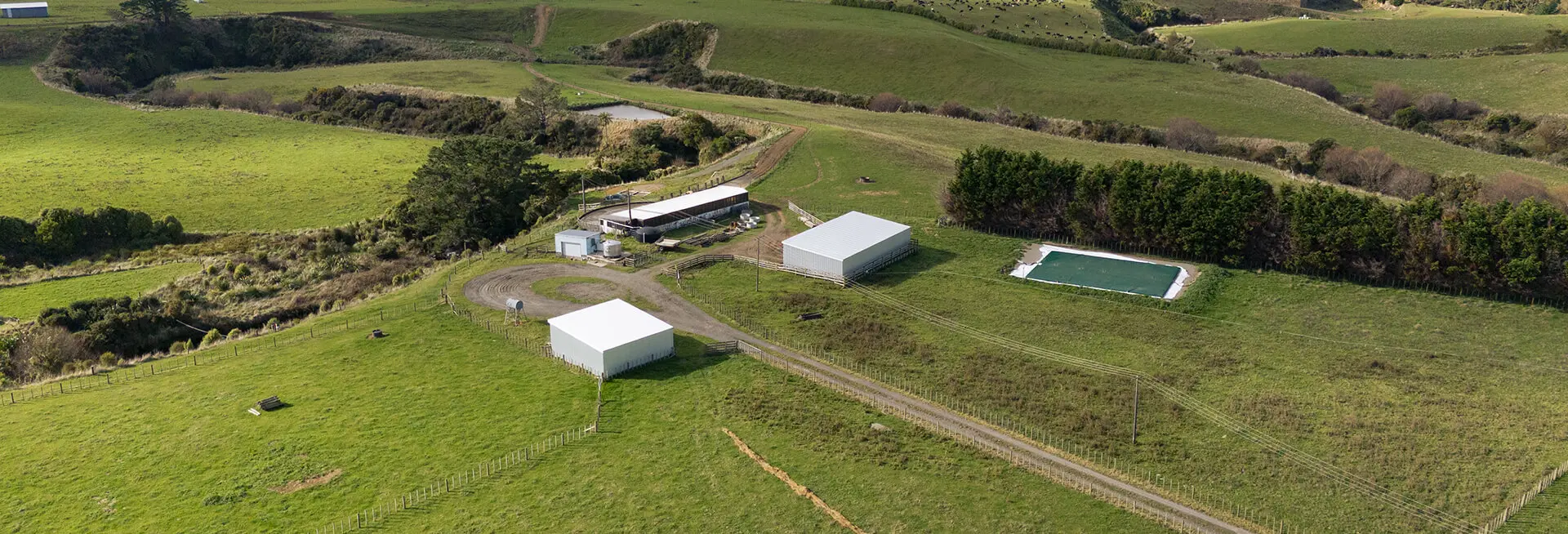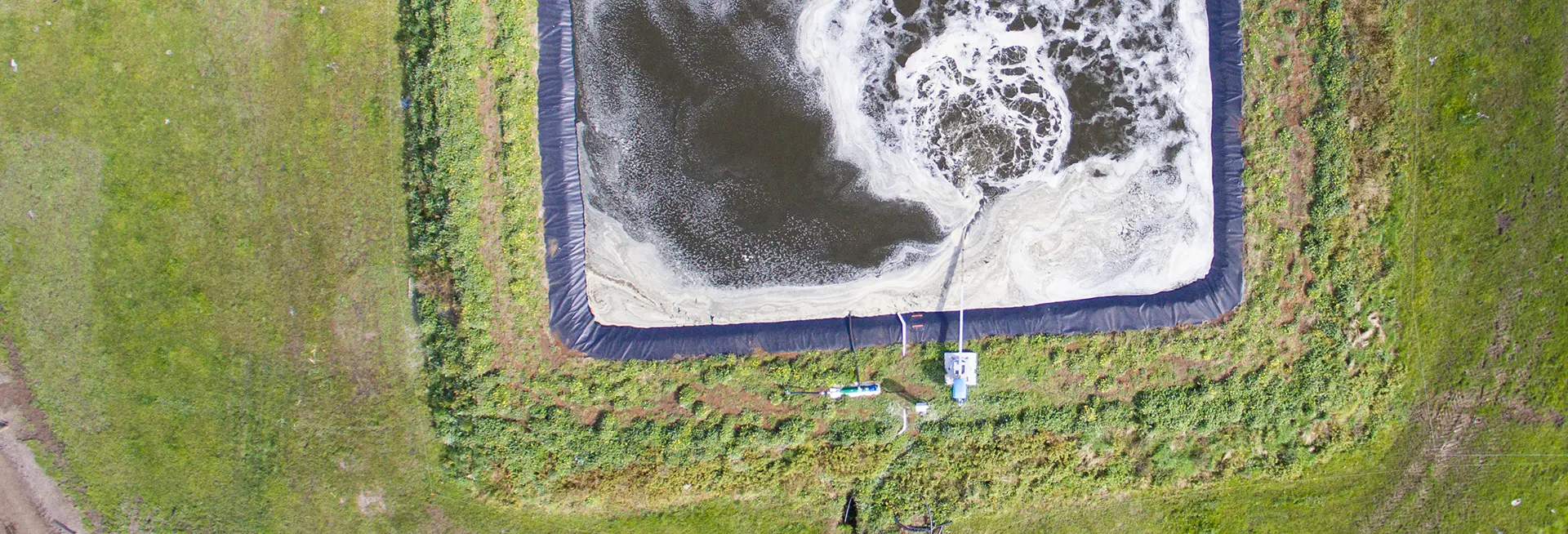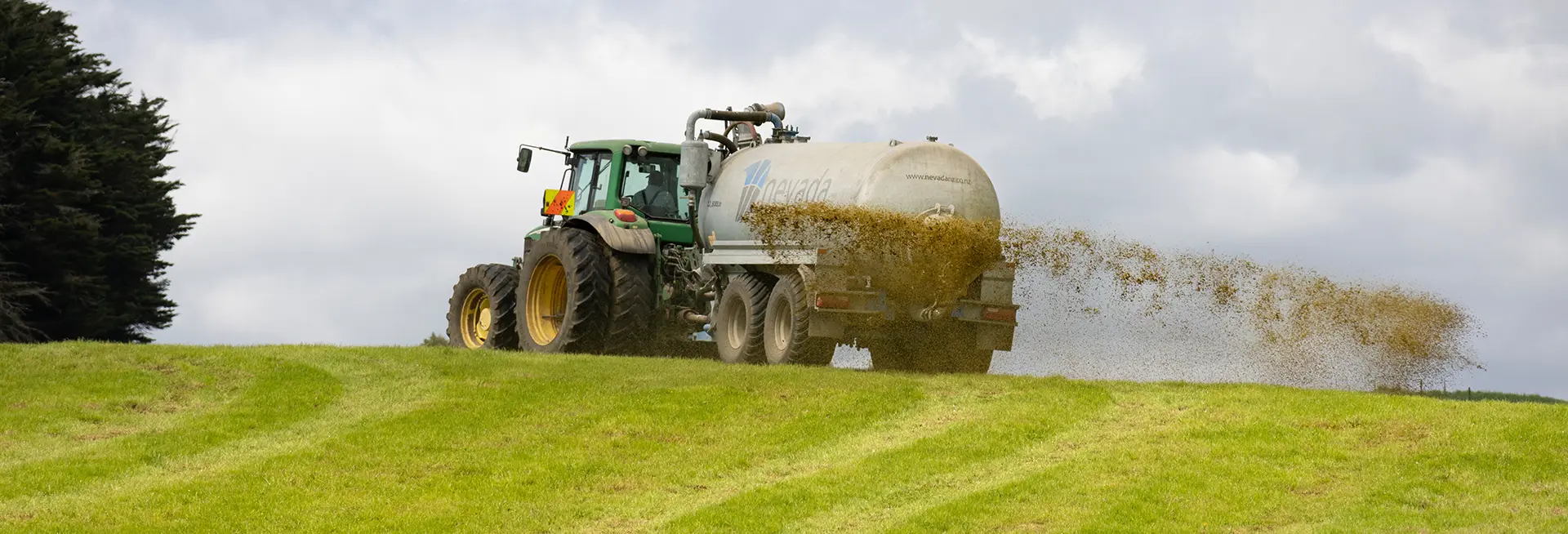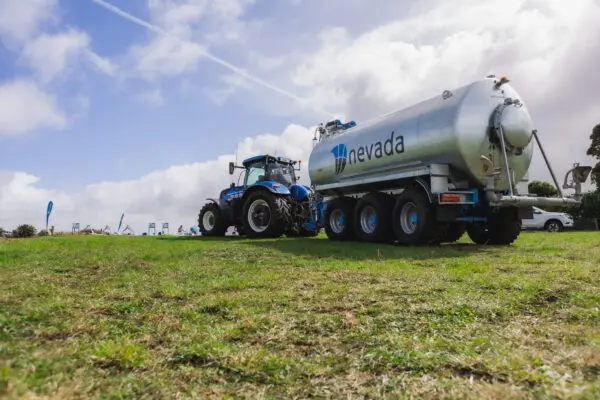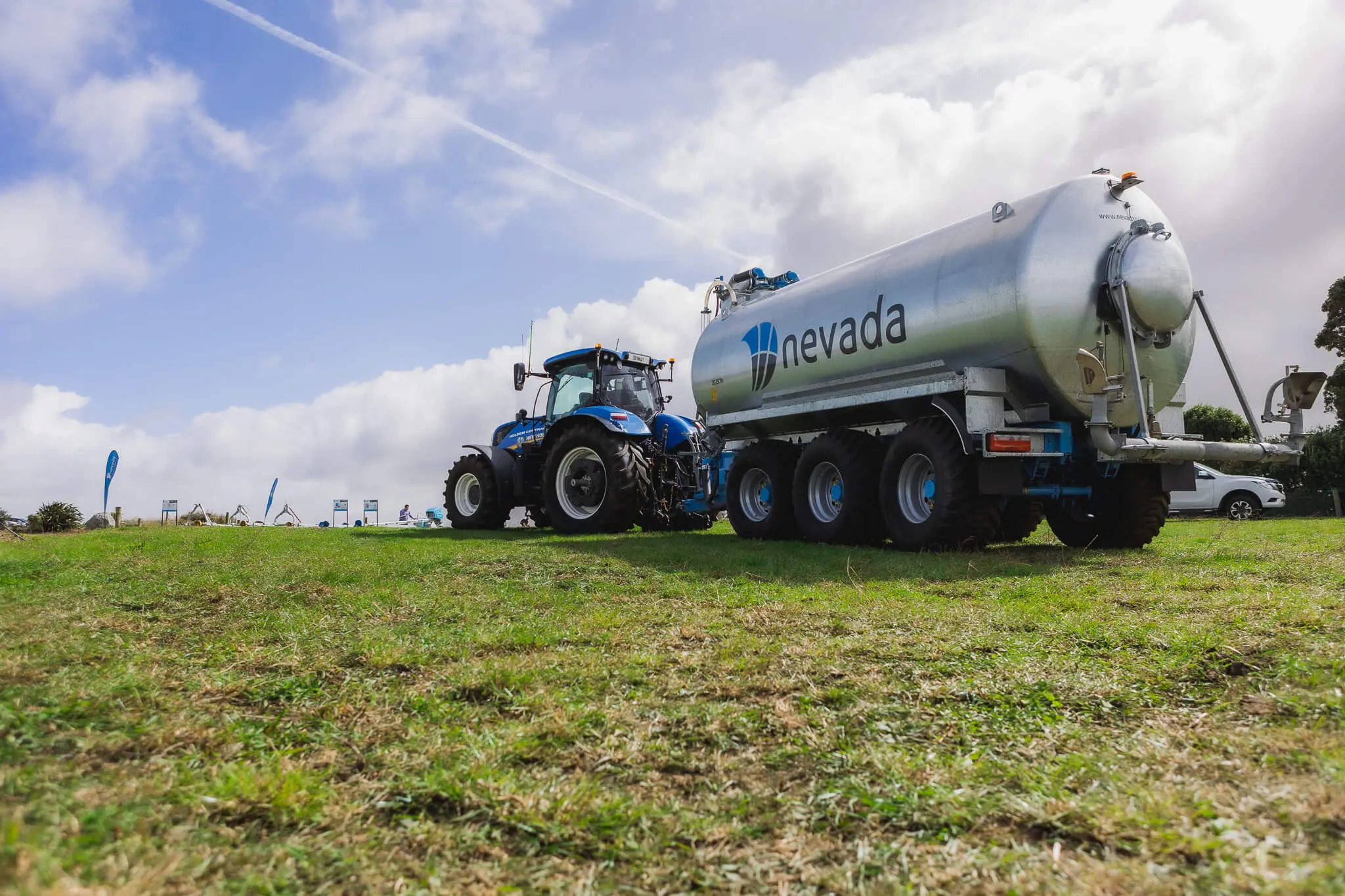A cost effective effluent management system is what we’re all aiming for right? After all, effluent management is all about the effective utilisation of nutrients…
What is a cost effective effluent management system? It’s one that gives you maximum benefit from your investment. We see this as a system that is:
- Future-proofed – so you’re not worried about major upgrades and changes in the near future.
- Simple & efficient – designed for maximum results from minimal resources.
- Reliable – well planned and executed using tools & equipment that suit your farm’s set up, so you’re not having to deal with constant hiccups.
Below are 5 of the most cost effective strategies for dairy effluent management systems…
1. Minimise processing with gravity
From the milking shed to storage, you want to minimise processing. The most efficient method is to have all your effluent draining by gravity into one single storage facility.
How does this cost effective? Well having your milking shed located slightly higher than the effluent storage pond allows the effluent to run naturally into the pond – no need for double pumping or extra work in solids separation. This set up will save you time, labour, and energy costs.
2. Lined effluent ponds
When choosing effluent storage, where possible go for a HDPE lined effluent pond. Why?
- Ponds are the cheapest storage option to implement, with digging and lining being a fraction of the cost of an above ground tank.
- HDPE lined ponds require little maintainence, and the lining is designed to last over 100 years – now that’s future-proofing!
- Council compliance – with a HDPE lined pond you’re unlikely to experice waterway leeching, so it’s easy to the big tick for council compliance.
- Fitting other effluent equipment, or fitting in with existing effluent equipment such as effluent stirrers and pumps is easy, as most ponds don’t require special equipment to be fitted.
Lined effluent ponds are by far the most common method of storage within the wastewater industry.
3. Stir well
To get the best result from spreading your nutrients, it’s always recommended you give the pond a good stir first. But what makes a good stir?
Aim for a shore mounted stirrer with Typhoon™ propellor. Why?
- Shore mounted stirrers create a near horizontal flow which gets the whole pond swirling, resulting in a homogenous mixture.
- Shore mounted stirrers have the most efficient use of power – they get the job done faster, and more effectively.
- A Typhoon™ propellor is specially designed to produce a strong trust, which is what’s needed to effectively churn through all the usual stuff found in an effluent pond without splashing.
4. Positive pumping
A positive displacement pump is the way to go for cost efficiency. The beauty of these pumps when it comes to managing effluent are:
- They are great for maintaining pressure and volume, so you’ll get a consistent flow being pumped through for spreading.
- They use a smaller motor to achieve the same results/output, so you’ll be using less energy to get the job done in the same amount of time.
- Since they pump more consistenty with pressure and volume, they are better able to overcome friction in the pipelines regardless of distance or elevation.
5. Use low pressure
To make the most of your effluent nutrients, it’s best to use a low pressure spreading system. Low pressure effluent spreading systems such as a Nevada RainWave™ slurry tanker, RainWave™ drag hose system, or traditional travelling irrigator cause less volitisation than high pressure systems, meaning more nutrients make it to the ground available for pasture to drink.
